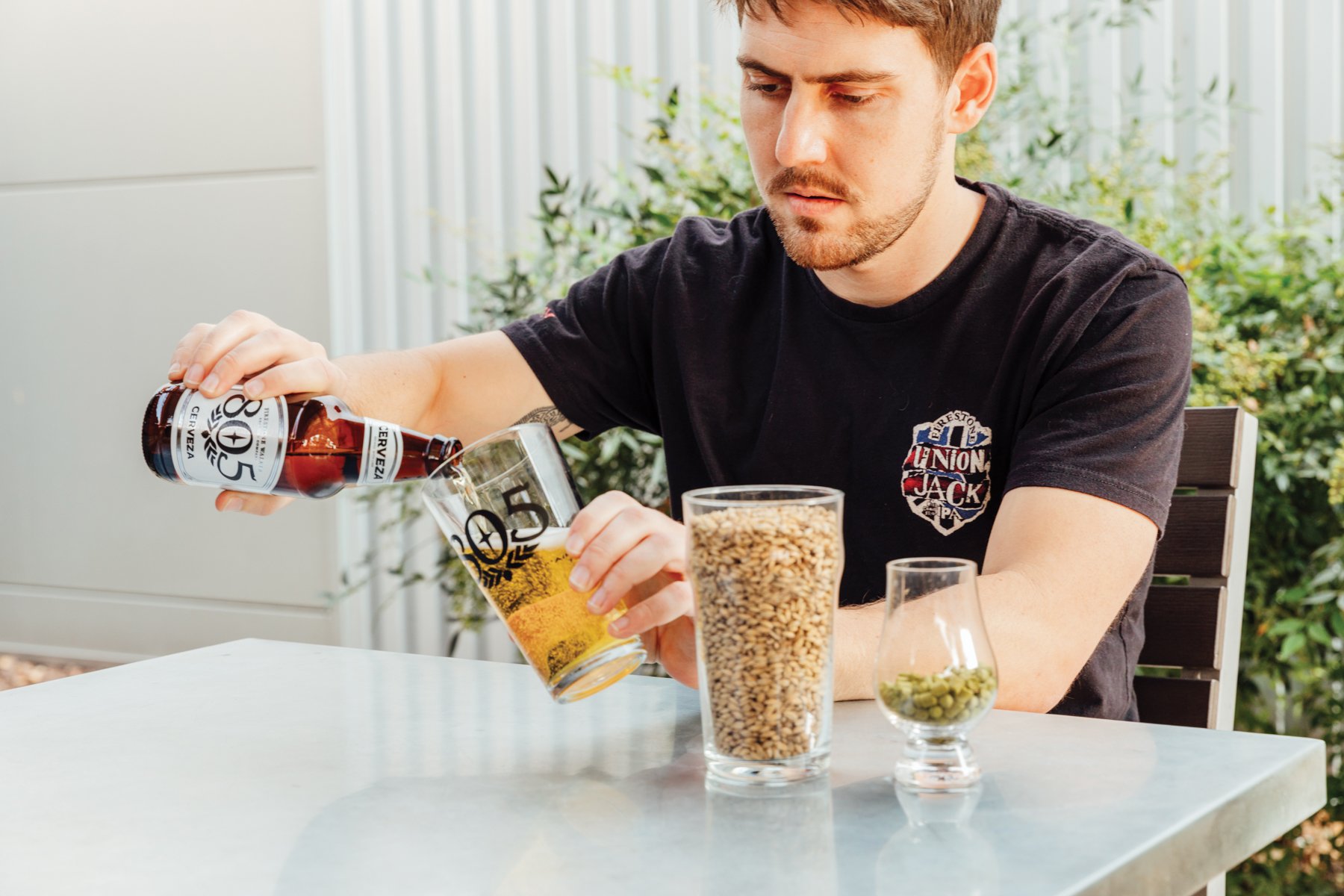
Drinking in the Lab with Sensory Scientists from Firestone Walker Brewing Company and Tastry
Photography by Jayme Burrows
Whether it’s scanning the menu at a table draped in ivory cloth or pushing the squeaky wheels of a cart down a grocery store aisle, selecting the adult beverage that best complements dinner can be a meal-defining decision. But how and why we choose what to fill our glasses with may be more about old habits, well-intentioned yet misguided recommendations and price tags than the qualities that truly inspire us.
The Central Coast is a treasure chest of world-class wine and beer, earthen nectars grown amid the warm-by-day, cool-by-night climate induced by the marine layer. Despite the more than 280 wineries across San Luis Obispo County and the wide array of breweries, many consumers find themselves married exclusively to a certain brand or bottle.
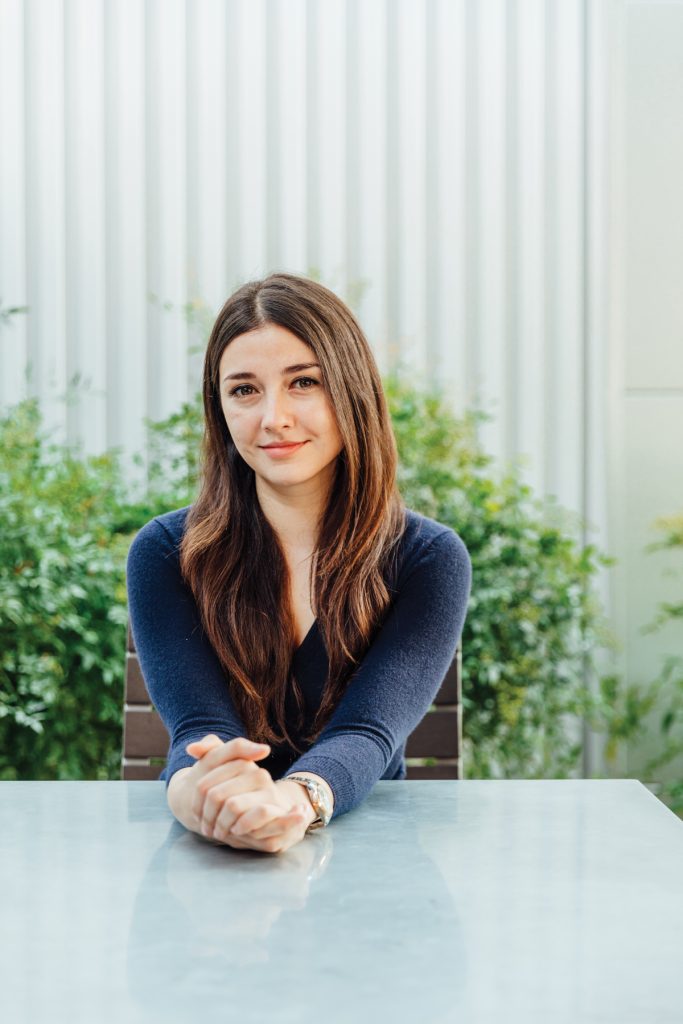
“To taste every wine would take 16,000 years,” Katerina Axelsson, the CEO of Tastry, divulges. Tastry is a sensory science research corporation in San Luis Obispo, where Katerina and her team use chemistry and artificial intelligence to suggest products a client will enjoy.
She says sometimes people who undergo sensory analysis are surprised by the results. “You may say you don’t like zinfandels but there are some out there you may enjoy,” says Katerina. “Just because you don’t like chocolate doesn’t mean we wouldn’t recommend a wine with chocolate notes.”
It may sound counterintuitive but, according to Katerina, how a person responds to a glass of wine is less about the varietal and more about the degree of chocolate, tobacco, cherry or other notes that characterize the wine. “There are millions and millions of combinations and ratios,” Katerina reveals. In other words, a consumer who has written off all cabernets may actually love one that’s more fruit forward than the one they’ve come to dislike that features notes of graphite, violets and tobacco.
The varying levels of each note found in different bottles of vino have produced over 119,000 unique sensory profiles at Tastry with very few, if any, identical ones. “Your taste preference is almost like a fingerprint,” says Katerina. Though you may have received the same crooked nose or almond-shaped eyes from your mother, sensory science reveals you likely don’t share her same taste preferences.
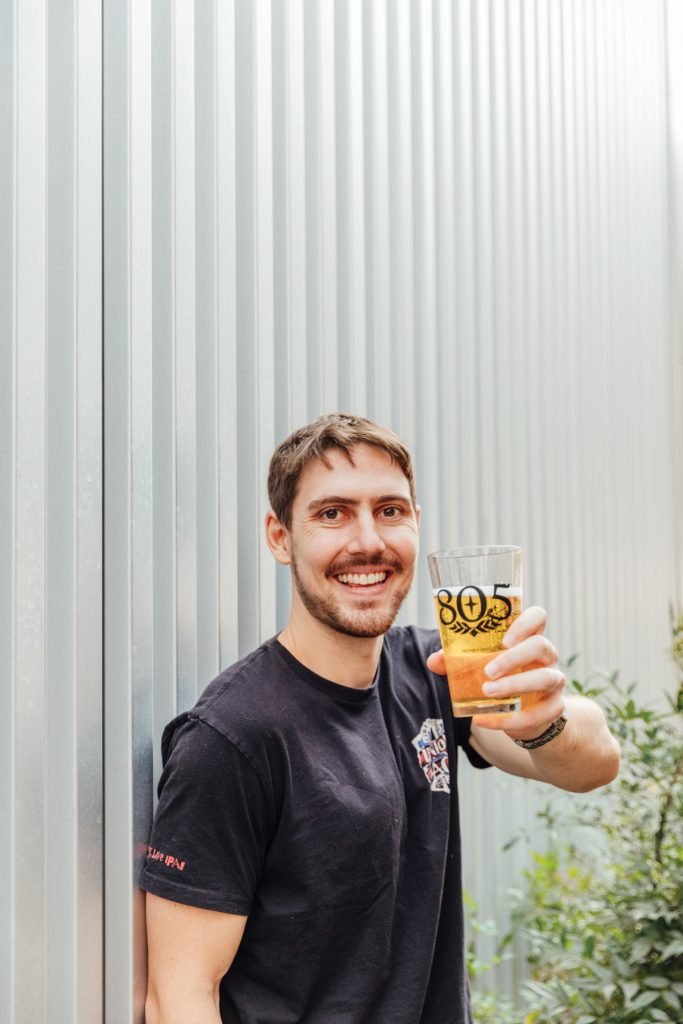
When Craig Thomas began work as a sensory research analyst at Firestone Walker Brewing Company in Paso Robles, he learned the long-held aversion to IPAs he inherited from his parents was erroneous. “I finally tried it and realized I really liked [IPAs],” says Craig.
As a sort of professional taste-tester, Craig personally samples Firestone brews to ensure quality. Though he’s tasked with detecting microbial infections and other undesirable qualities in the beer, he’s also learned how those so-called “off characteristics” — sour, vinegar, clove — affect his own preferences in a much deeper way. “Tasting is all about finding out why you like it,” he says. “Not just that it’s a good beer, [but] here’s why.”
Training his sensory system to detect these inconspicuous anomalies in beers took time, but Craig advises the average un-trained consumer can take certain steps to improve the pairing experience. He believes the intensity of the brew should match the intensity of the meal, so a punchy beer requires a rich meat and pungent cheese. Beer should complement the meal, meaning the level of sweetness should be considered. And sometimes contrasting flavors — spicy food with a sweet beer or a fatty meal with a bitter beer — create complex, delicious combinations. Also, consider the cutting ability of the beer — its bitterness and carbonation — as it can impact a meal.
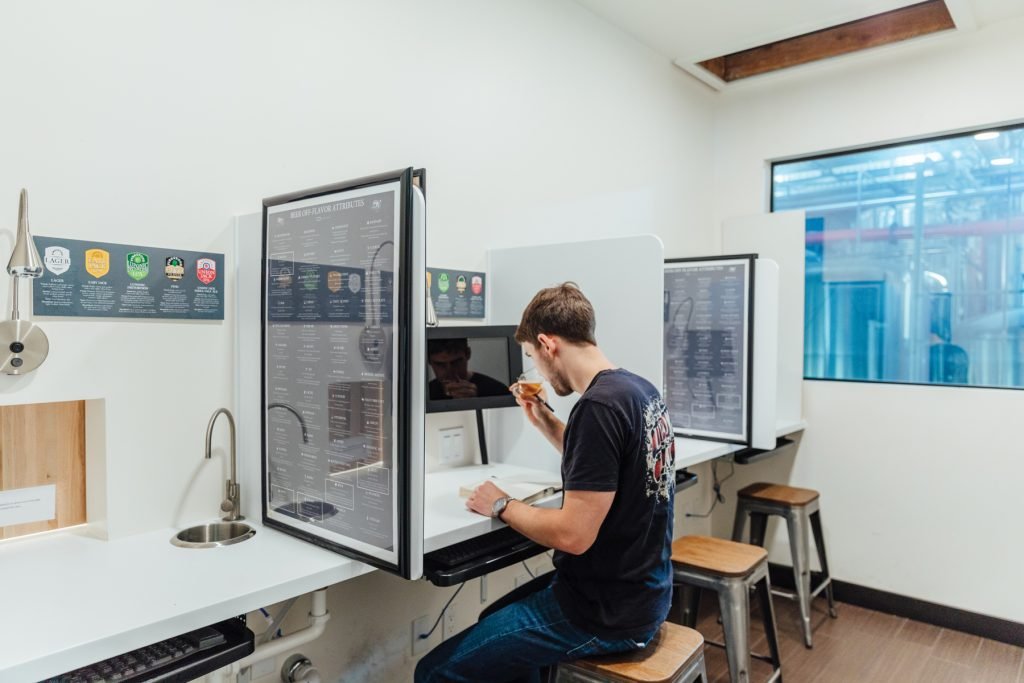
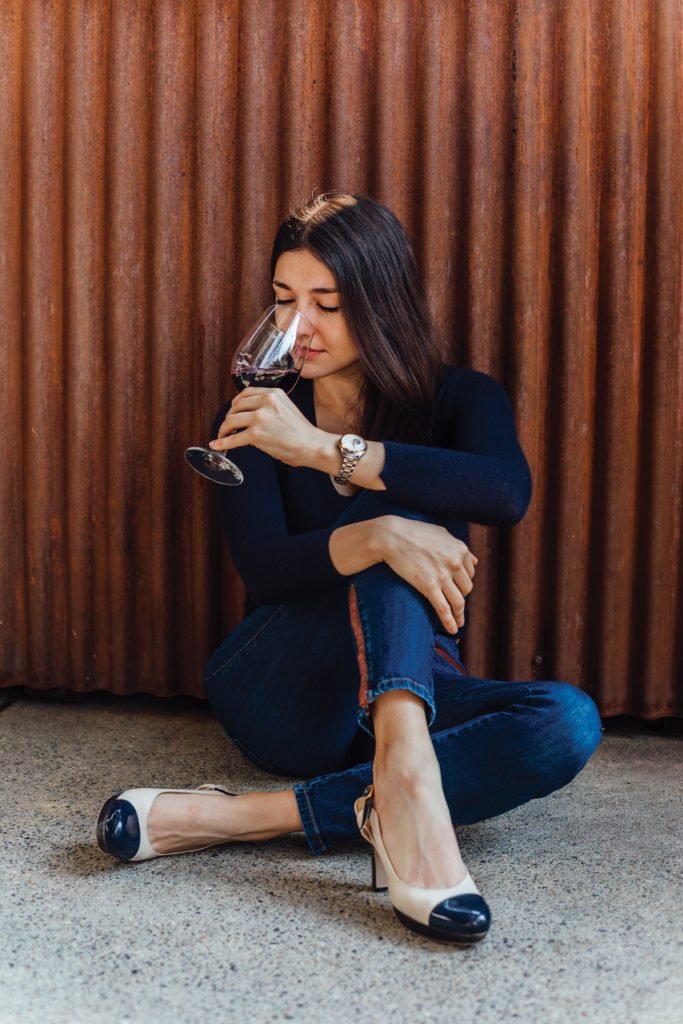
Though taste buds take center stage in the task of tasting, Katerina and Craig say the scent of a beverage also influences a consumer’s experience. Because the smell of a beer or wine is typically the introduction to the drink, it may serve you well to spend time assessing the scent and parsing through the different notes before taking a sip.
Katerina was surprised to learn from acting as her own guinea pig that she is inclined to like what she had considered syrupy-sweet moscato wines. But after taking a chance, Katerina found herself appreciating the lighter body. “You can’t just look at the sugar levels and know the sweetness,” Katerina says. “To stick with what you think you know, you lose out on the variety and unique experience.”
And after several years as a sensory analyst, Craig can finally turn off his “tasting” brain and enjoy drinking a beer with friends out at his favorite establishment. “There’s a time and place,” Craig says, lightheartedly. “Sometimes I go out and just drink Bug Light but I’m always looking for the next adventure. There’s a different level of excitement than the same old routine.”

